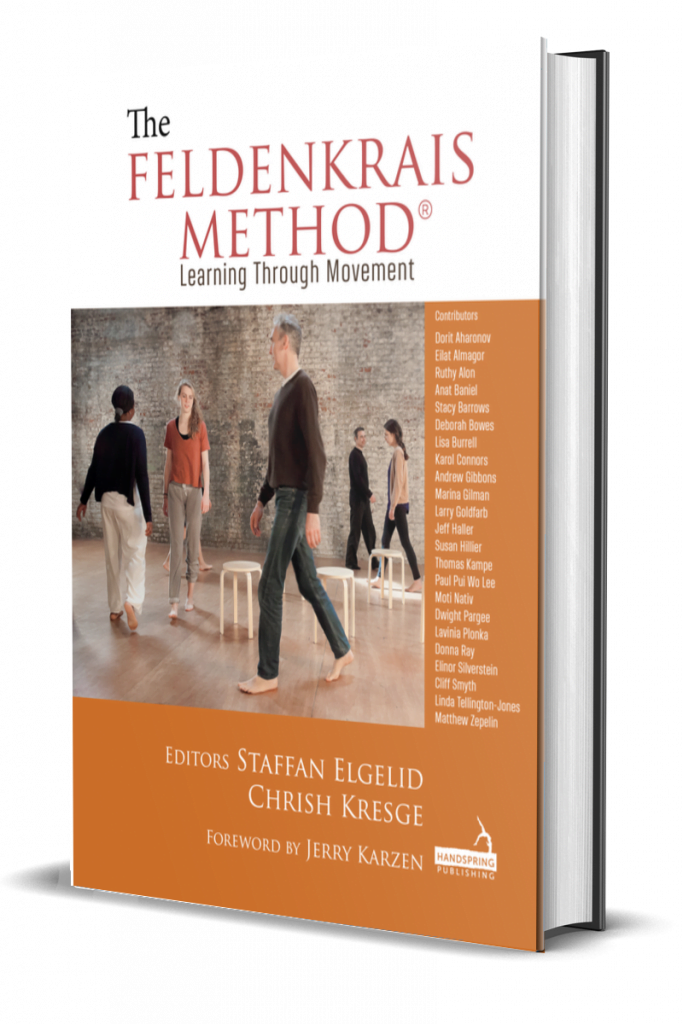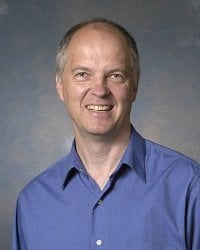Contributor
Dorit Aharonov is an Israeli computer scientist specializing in quantum computing. Aharonov graduated from Hebrew University of Jerusalem with a BSc in Mathematics and…
A new book that explores the broad scope and many applications of the Feldenkrais Method® of somatic education. Written and edited by 26 leaders and experts in the field, this book also shows how the Feldenkrais Method® can be applied in a variety of specific settings such as Pilates, yoga, dance, physical therapy, sports coaching, rehabilitation medicine, and more.
Written by Staffan ELGELID & Chrish KRESGE

covers the Feldenkrais Method and the concept of somatic education on which it is built, where movement is informed by the conscious brain and nervous system rather than by habit.
While the focus is on the Method and its applications, the book also demonstrates how it interacts with other systems of movement.
Feldenkrais was a man before his time. Long before ‘neuroplasticity’ became common parlance, he understood it and was experimenting with it. Neuroscience is now beginning to support some of his ideas.
He saw that the way someone habitually holds themselves and moves, can distort that person’s self-perception and interfere with that person’s potential for optimal function, health and well-being.
He was interested in the central nervous systems ability for learning through movement. With curiosity, enquiry, keen observation and experimenting with movement, he devised a sophisticated and unique approach to changing movement behaviour through stimulating sensorimotor exploration and somatic awareness.
However, to date it seems that the Feldenkrais Method of somatic education hasn’t enjoyed the popularity it so deserves. For a start, Moshe Feldenkrais’ approach isn’t easily explained away in a succinct sentence. And being an experiential, process oriented, ‘qualitative’ form of exercise, it is perhaps counter-intuitive to the current vogue for ‘quantitative’ high achieving exercise – where the ‘more’ effort and strength and reps the better – the ‘feeling the burn’ and ‘no pain no gain’ approach.
This can also occur in yoga and Pilates.
However, when we use excess effort, we develop more tension and can’t sense ourselves – and this can be the precursor and contributor to many so called ‘injuries’ we see within the fitness industry
Doing Feldenkrais is very different. It brings about moving with more ease and a lightness of being.
The thoughtful layout of the book assists the reader ‘to get what Feldenkrais is all about’.
The editors have invited contributions from twenty-five or so Feldenkrais practitioners around the world, which nicely helps to illustrate the widespread applicability of the concepts in improving human functioning.
The chapters in the first section provide a foundation for understanding the man and how the method evolved – and the basic concepts and principles of his comprehensive approach. This part anchors the book as a reference to better appreciate the following chapters.
Each of the chapters in the second part showcase various examples of the diverse ways in which Feldenkrais practitioners have applied the approach to improve learning and performance – for example in optimising creativity in the arts, ability in the martial arts, in elite sports and in enhancing the practice of other forms of exercise such as Pilates and yoga – and so on. We also see how the Feldenkrais method can assist in our self-regulation of stress and following trauma.
The third part contains chapters which focus more upon examples of the Feldenkrais method being applied therapeutically in conventional rehabilitation settings. I share Elgelid’s frustration with the limitations of much of the formal physical therapy training – which also led to me exploring the somatic practices of Thomas Hanna and Moshe Feldenkrais – whose thinking and principles have certainly been a significant influence in the development of my work in seeking ways to redress the movement dysfunction in people with spinal pain disorders.
A valuable added resource is the inclusion of a Feldenkrais ‘lesson’ at the end of most chapters which further inducts the participant in experiencing aspects of the method. This can be easily accessed by a QR code from your phone.
This book is a good read and I highly recommend it.

Dip Phys; PGD Manip. Ther; MAPA
Neuro-musculo-skeletal physiotherapist

A Professor of Physical Therapy at Nazareth College. Dr. Elgelid is on the Board of Directors of the Yoga Alliance. Dr Elgelid edited Yoga Therapy: Theory and Practice and is co-author of Yoga for Stress and Anxiety and Yoga for Active Adults.

Chrish Kresge is a Feldenkrais® practitioner who works with people of all ages and backgrounds, using movement and awareness as the tool for restoring and improving function, coordination and health. She has been teaching the Feldenkrais Method® across the world for over two decades and offers her students the potential for mental and physical well-being through effortless and pleasurable ways of experiencing themselves.